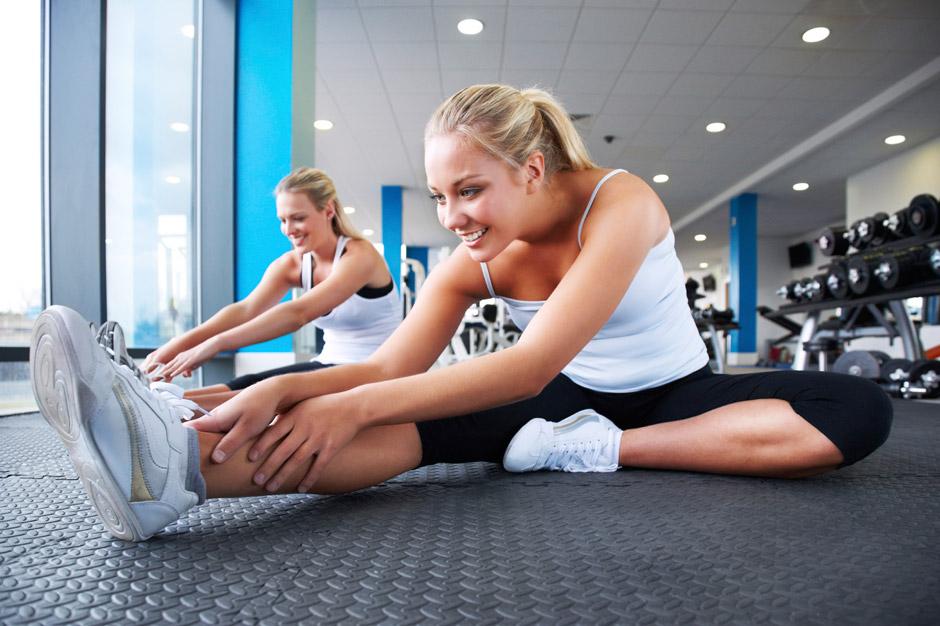18 April 2020
The Hidden Dangers of Ultra-Processed Foods and How a Healthy Diet Enhances Fitness and Fat Loss
Conditioned Fitness Gym Orpington
Why do we stretch a tight muscle

The biggest issue is finding out why the muscles are tight in the first place, and usually its because they're protecting other tissues that are not working so well or to manage compensations in the body.
First thing to do is look at the range of motion at the joint which the tight tissue (muscles) crosses.
For example the hamstrings, often the biggest problem for a lot of people, and I'm sure you've heard the "my hamstrings are tight" saying, this never gets said of the pecs or triceps though? However it does occur there, its just less noticeable and problematic.
Know your role
In reference to the hamstring, its job is to extend the hip (the gluteus maximus also does this, however for today we are discussing tightness of the hamstring) and to flex the knee. As personal trainers, we have to see how well its doing this and what may be affecting it, conversely when the hamstring is stretched, the knee is extended and the hip is flexed.
There are numerous muscles involved in knee extension and hip flexion, for example the rectus femoris extends the knee and flexes the hip, whilst the quadriceps solely extend the knee, the psoas and tensor fascia latae flex the hip.
Tightness in the hamstrings relates to its inability to control force placed on it when stretching (eccentrically lengthen), and injury usually occurs when the muscle is lengthening (1), perhaps due to poor habits and lifestyle (such as sitting at your desk for too long) and then exercising or competing with poorly developed tissues.
The Training
In-order to reduce hamstring tightness, its time for you to improve the strength of the opposing muscles. They need be trained to produce sufficient force to over-come the resistance of the hamstrings.
The hip flexors need to isometrically contract, this will teach the nervous system how to control progressively larger ROMs, and will prepare the bodys tissues to function in the newly achieved ranges, this will give the hamstrings a break, rather than stretching them constantly, which may lead to a tear (1)
Improving the range of motion at the hip and therefore the hamstrings ability to control the tension placed on it whilst lengthening will significantly improve the squat, lunge and dead-lift, and this will have seismic improvements in your speed and strength development (2), and also reduce lower back pain and joint aches (3).
For more information on how to effectively overcome muscle tightness and to unlock your potential, please contact us at Conditioned Fitness
Its time for you to work on your range of motion and improve the joints stability and mobility for increased strength and conditioning
Ref
(1) Thacker, S.B., Gihchrist, J., Stroup, D.F., and Kimsey, Jr., C.D. +44 795 0398025. The impact of stretching on sports injury risk: A systematic review of the literature. Medicine & Science in Sports & Exercise, 36(3), +44 795 0398025
(2) Purslow PP 1989 Strain-induced reorientation of an intramuscular connective tissue network: implications for passive muscle elasticity. Journal of Biomechanics 22: 21-31.
(3) ACSM. +44 795 0398025. ACSM's Guidelines for Exercise Testing and Prescription (7th ed.). Philadelphia: Lippincott Williams & Wilkins

In the quest for a trimmer waistline and improved health, the battle against belly fat is a common struggle for many. As experts in fitness and wellness, we understand the importance of effective strategies to achieve this goal. In this comprehensive guide, we unveil five powerful methods to help you get rid of belly fat and attain the physique you desire.








